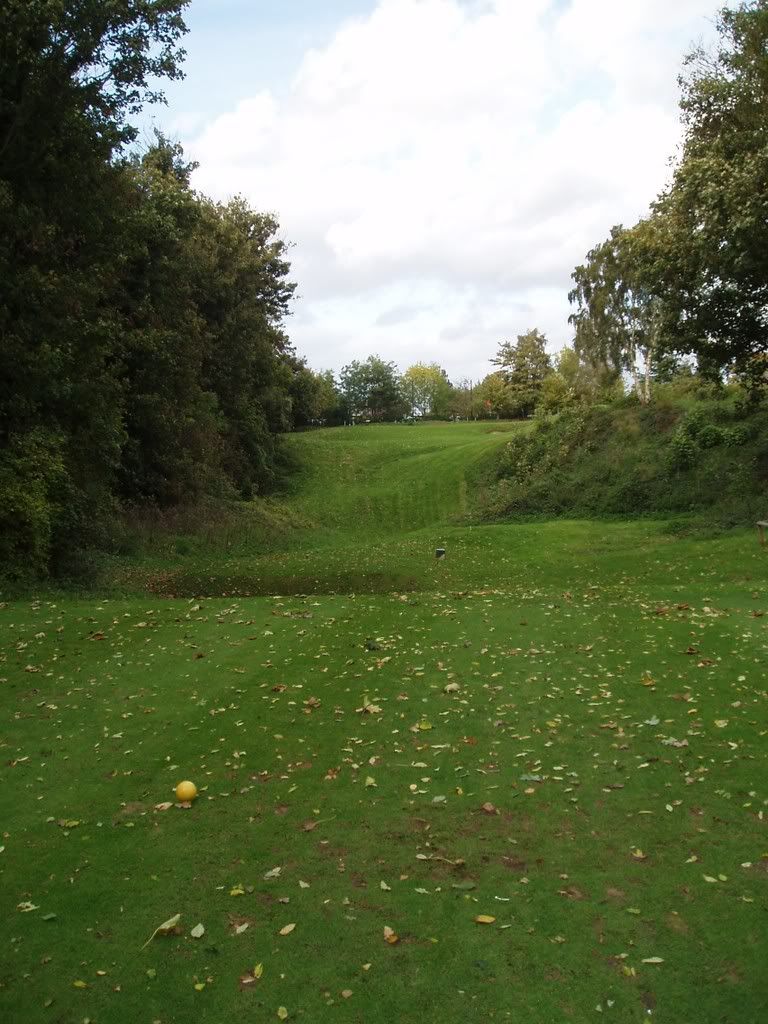Sandy Lodge
The history of Sandy Lodge is adequately told on the club website:
http://www.sandylodge.co.uk/pages/History/history.htmIt is difficult to know how much of the course design is due to the club’s founder James Francis Markes and how much to Harry Vardon. What is certain is that the club has been amongst the most prominent in north London for the best part of a century. These photos were taken on a walk round with a notable member, Bob Sorbie, who is sadly with us no more. On becoming Captain he was immediately charged with organising a members’ buy-out within months. He succeeded – a remarkable achievement.
Sandy Lodge is laid out on sandy soil. It was probably correctly termed an inland links when first built. Some of the links-like character was lost during the Second World War. I think today you would have to describe it as parkland with superb drainage. The mineral rights are worth a fortune. Long may the members resist the temptation to sell!
1. 470 yards par 4. A welcoming, downhill opening hole played as a short par 5 by the members. A big green-front bunker has been removed.
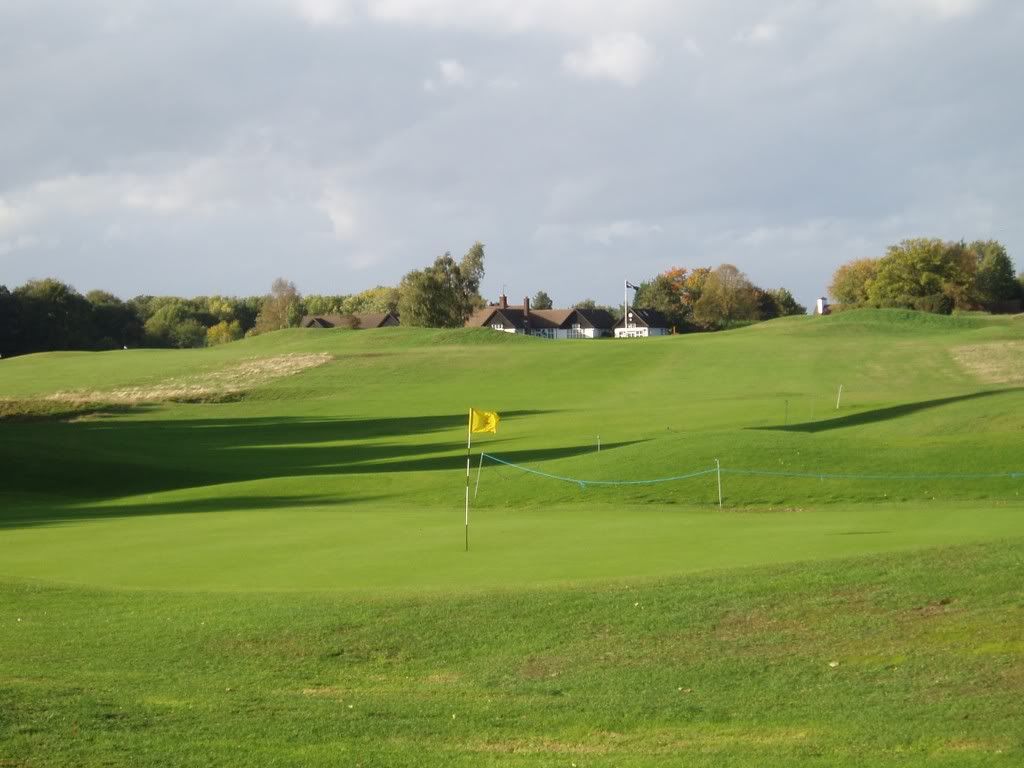
2. 426 yards par 4. A famous hole with a sleepered bunker 60 yards in front of the green. Being uphill it plays somewhat longer than the card yardage. It is reputed that Markes and Vardon spent many hours experimenting with the sleepers to find the correct angle and height so that a golfer hitting the ball into the sleepers was not decapitated yet could not escape onto the green by thinning the shot.
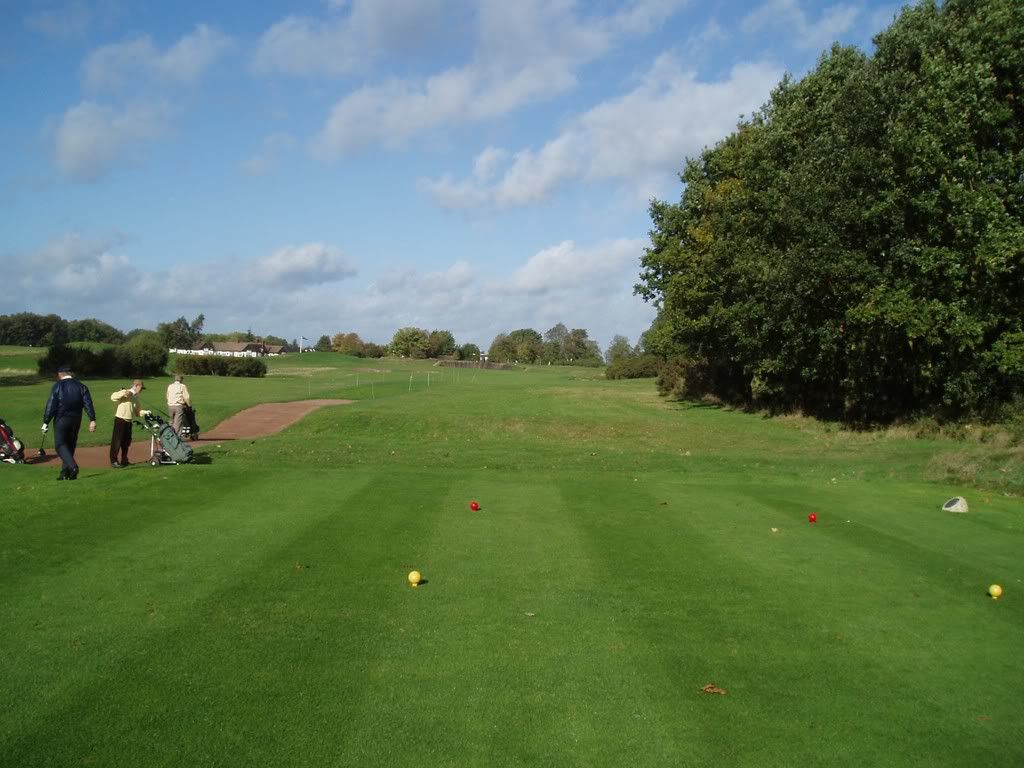
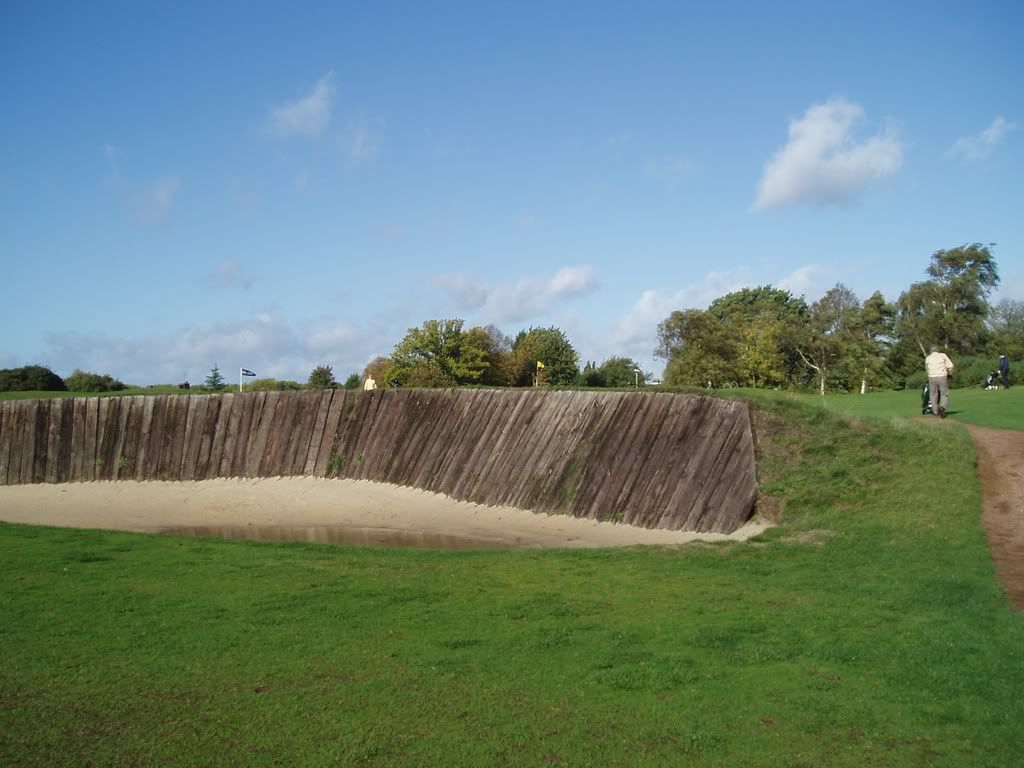
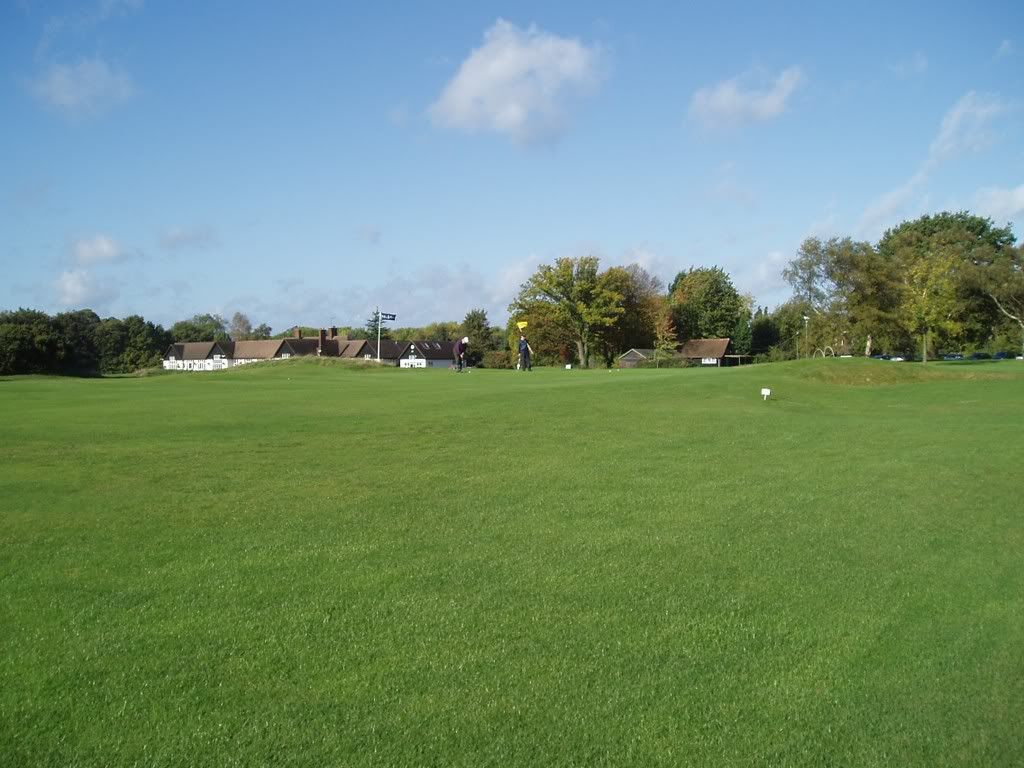
3. 171 yards par 3. Downhill, plentifully bunkered.
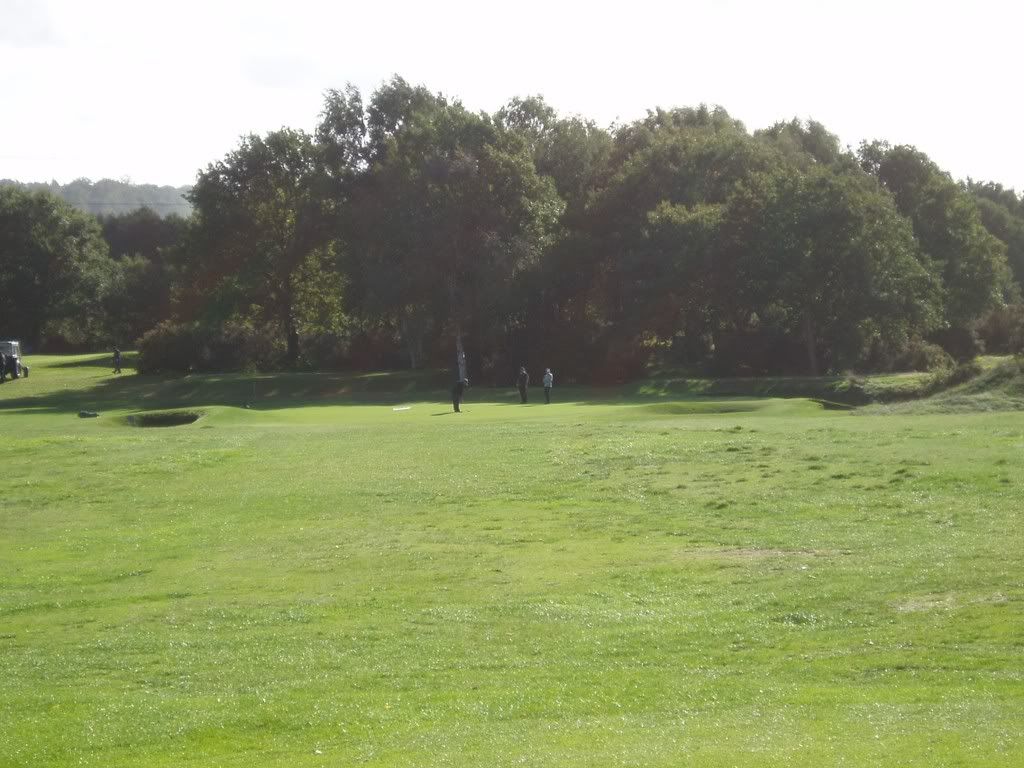
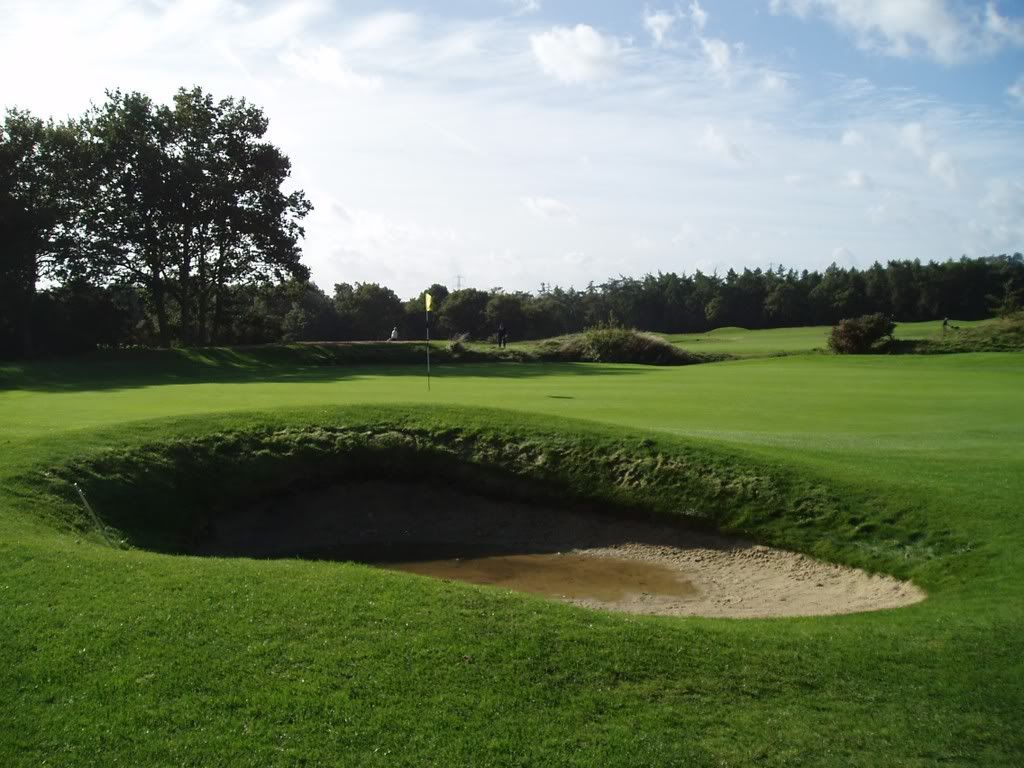
4. 501 yards par 5. A decent carry is required to clear the gorse bushes directly in front. The fairway slopes right to left towards bunkers, while the green is better approached from the right. A testing hole.
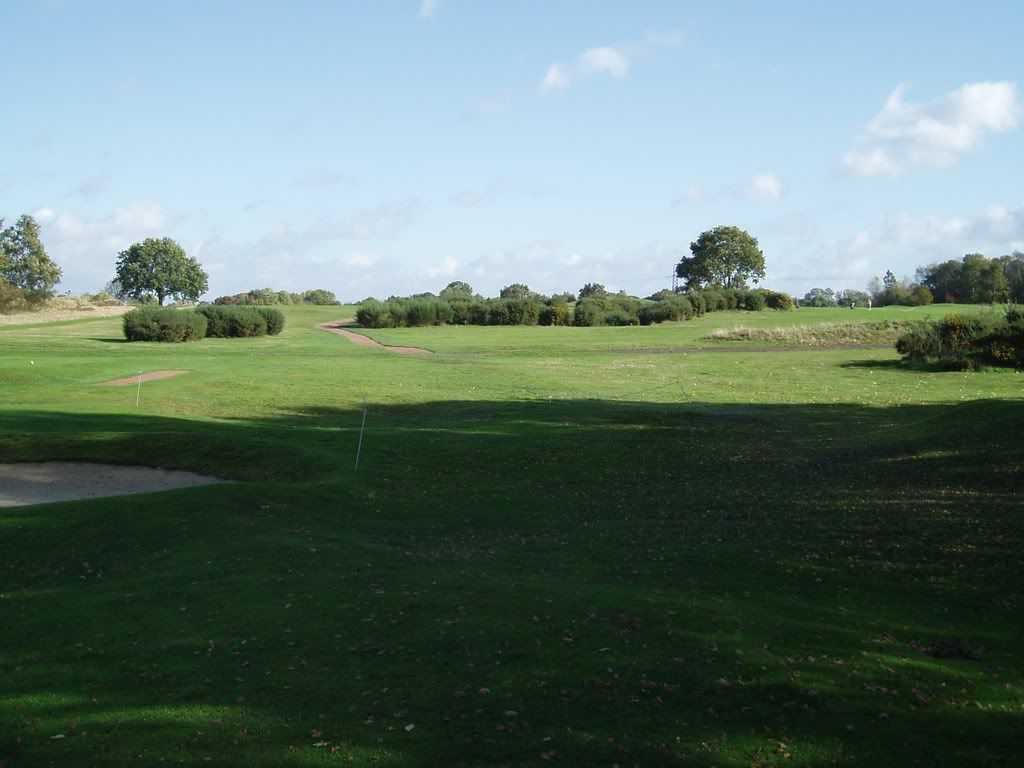
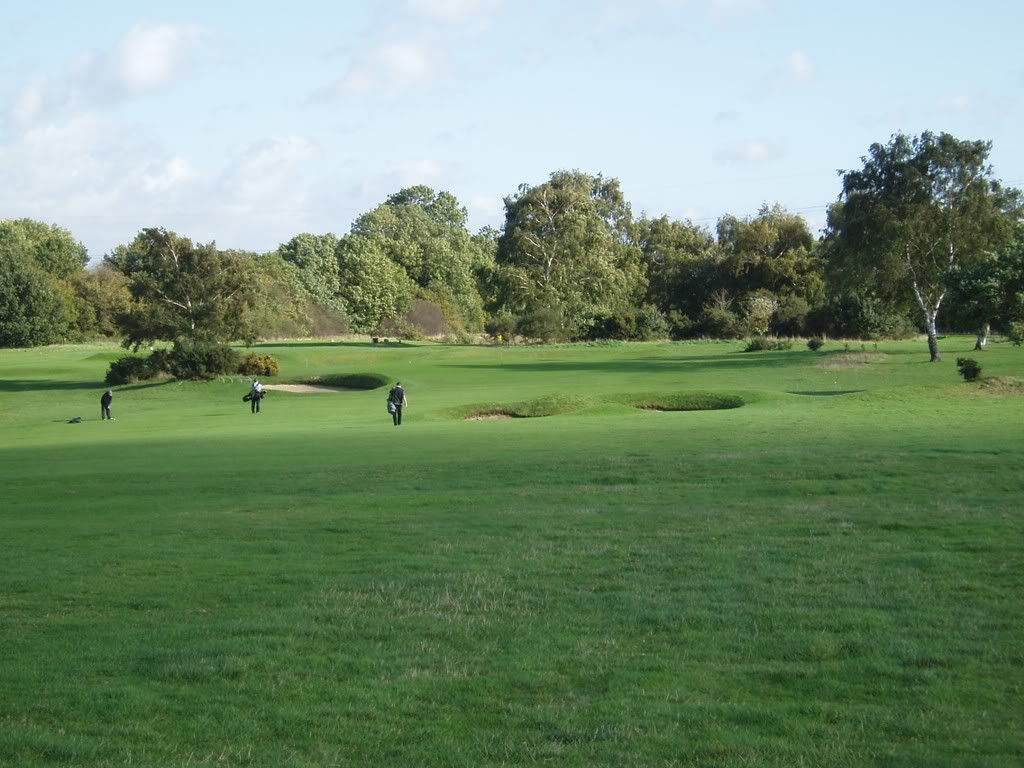
5. 454 yards par 4. A tough par 4, slightly uphill with plenty of fairway bunkers and a two-level green.
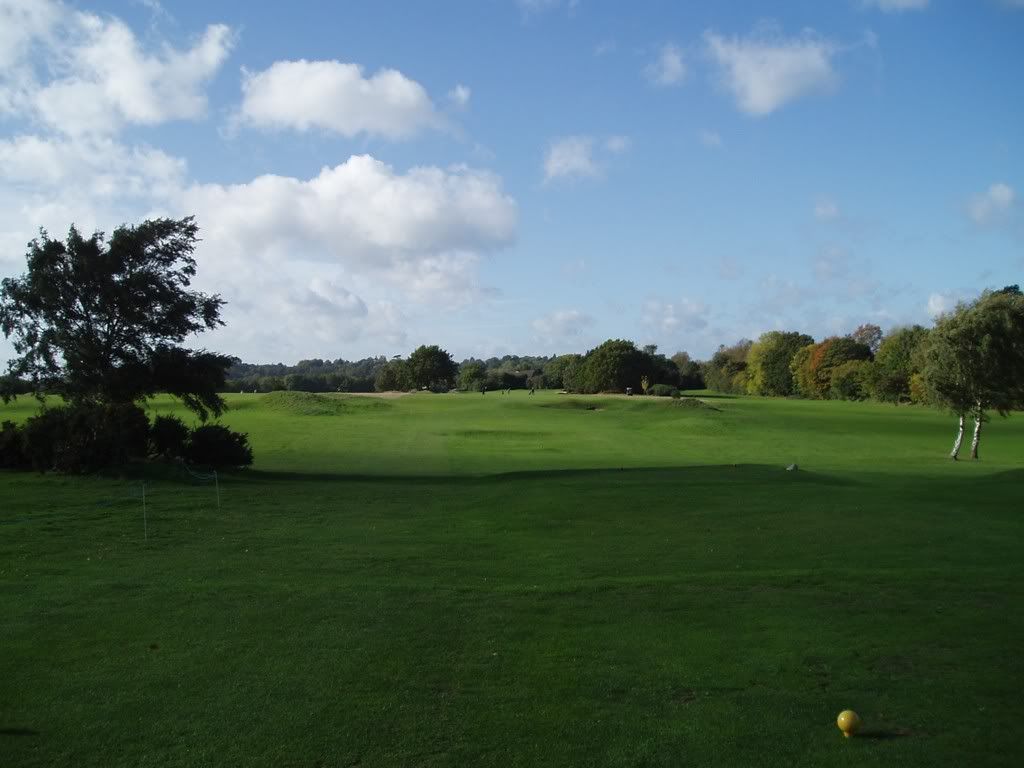
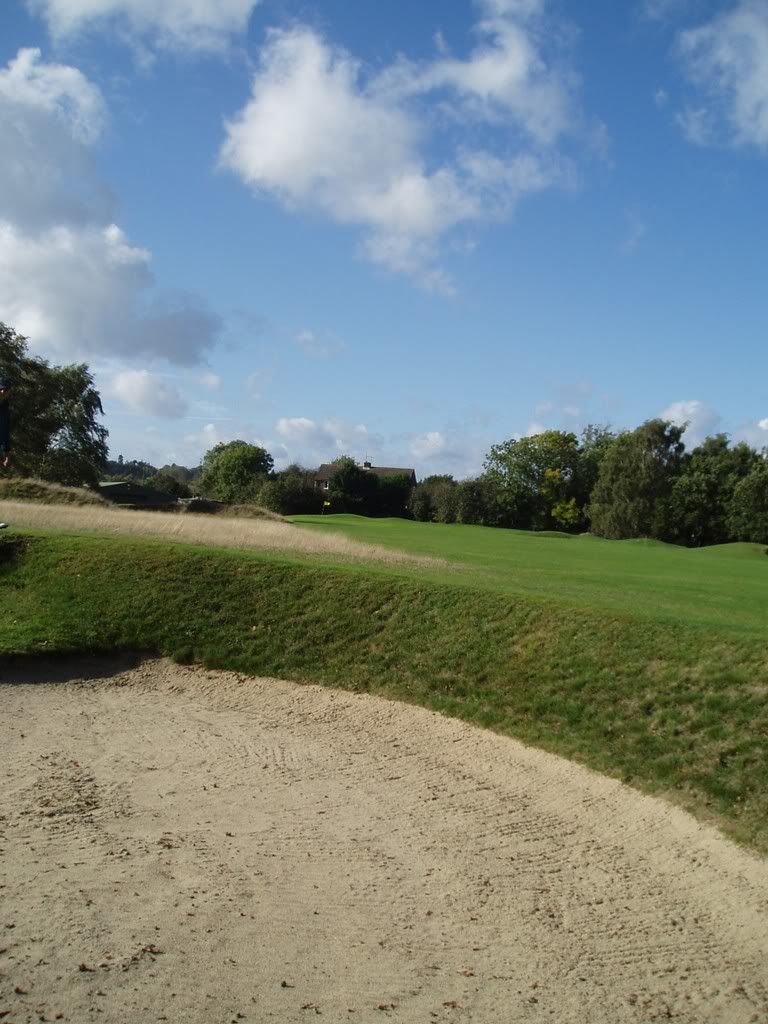
6. 456 yards par 4. Another strong hole with a demanding drive to a sloping fairway and a tough approach to the green.
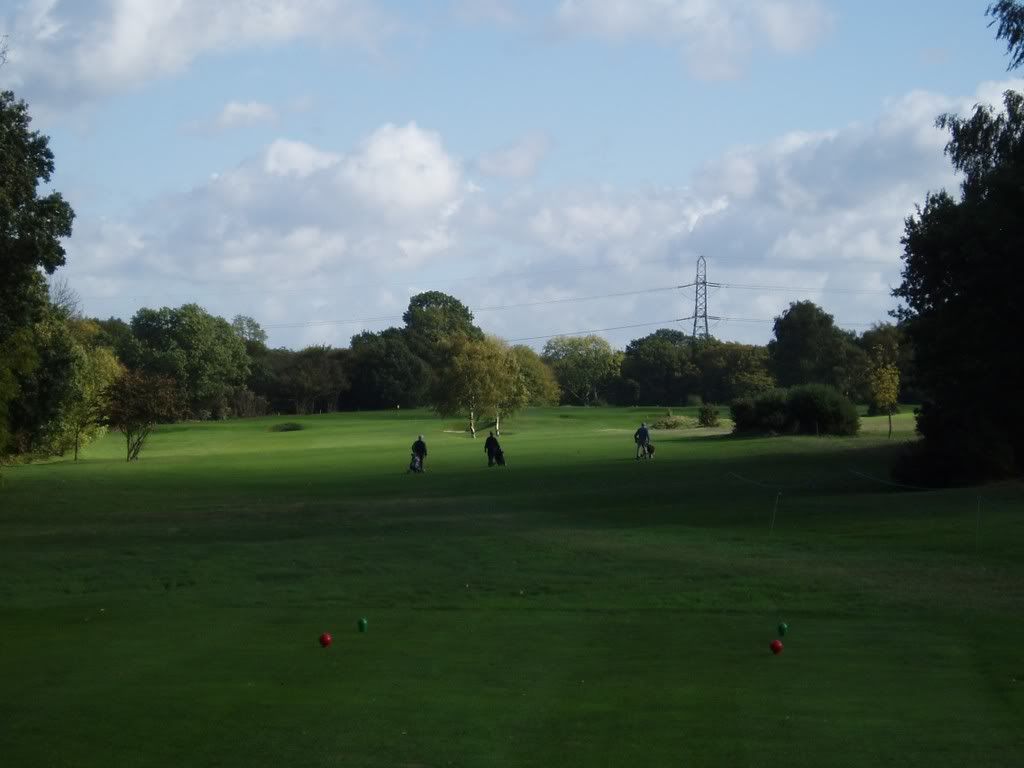
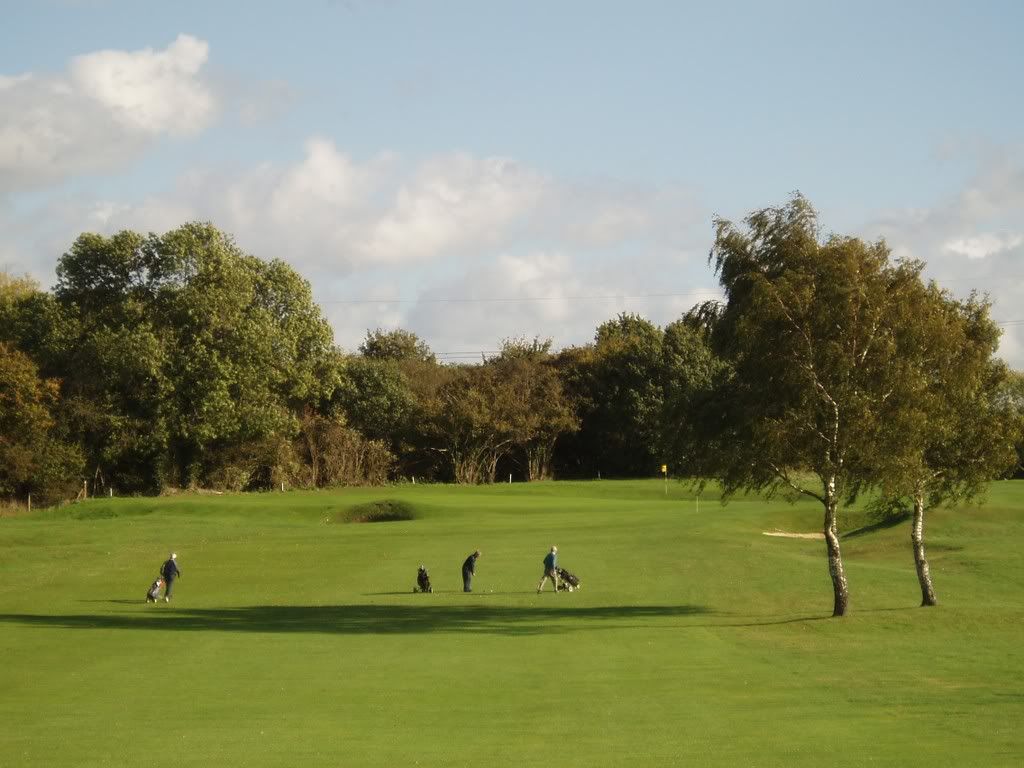

7. 193 yards par 3. A deceptive par 3. I like the professional’s advice to run the ball onto the green, not to try to carry it on the full.
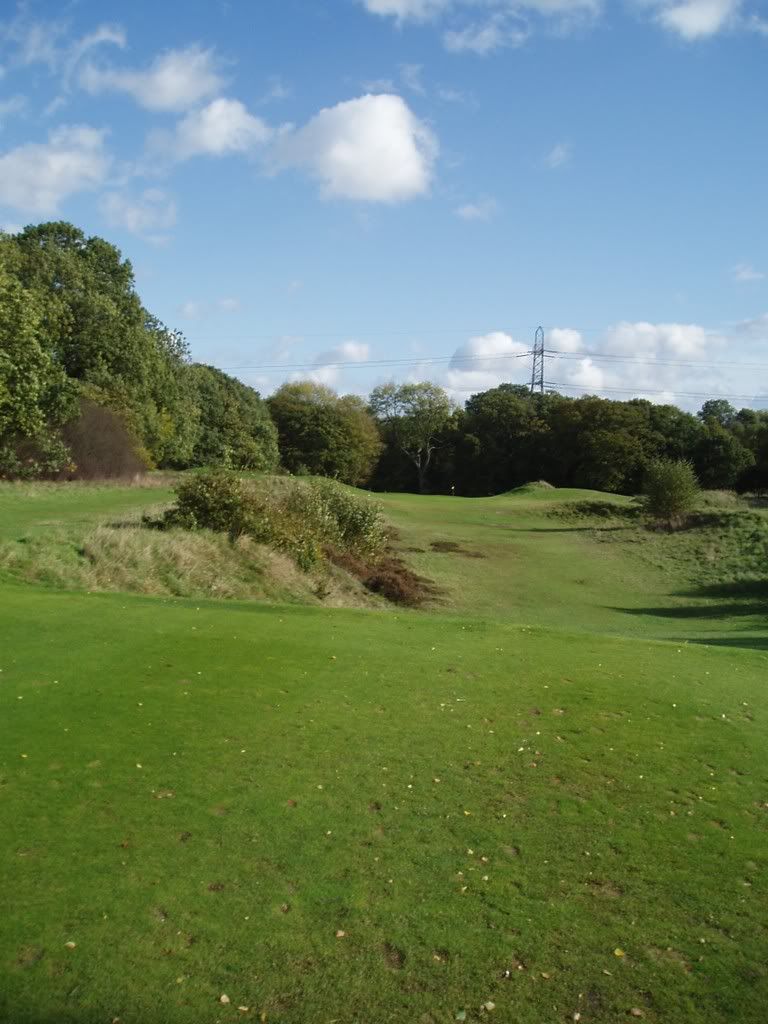
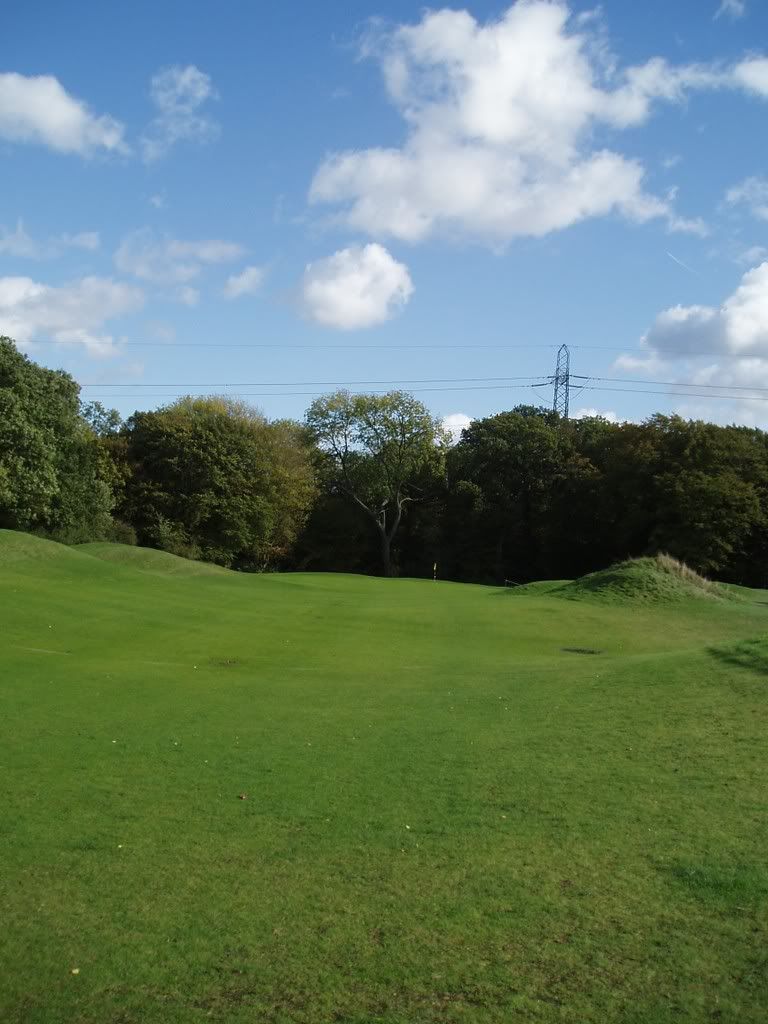
8. 101 yards par 3. A diminutive short hole, with tees set at two different angles of approach to make the hole very different.
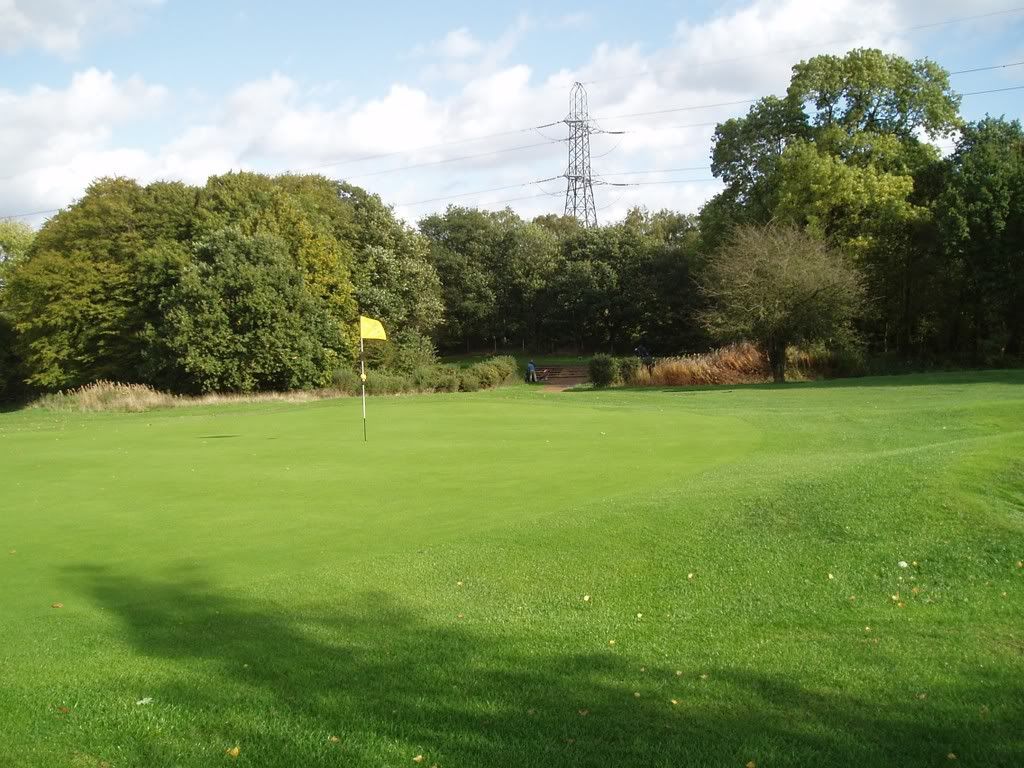
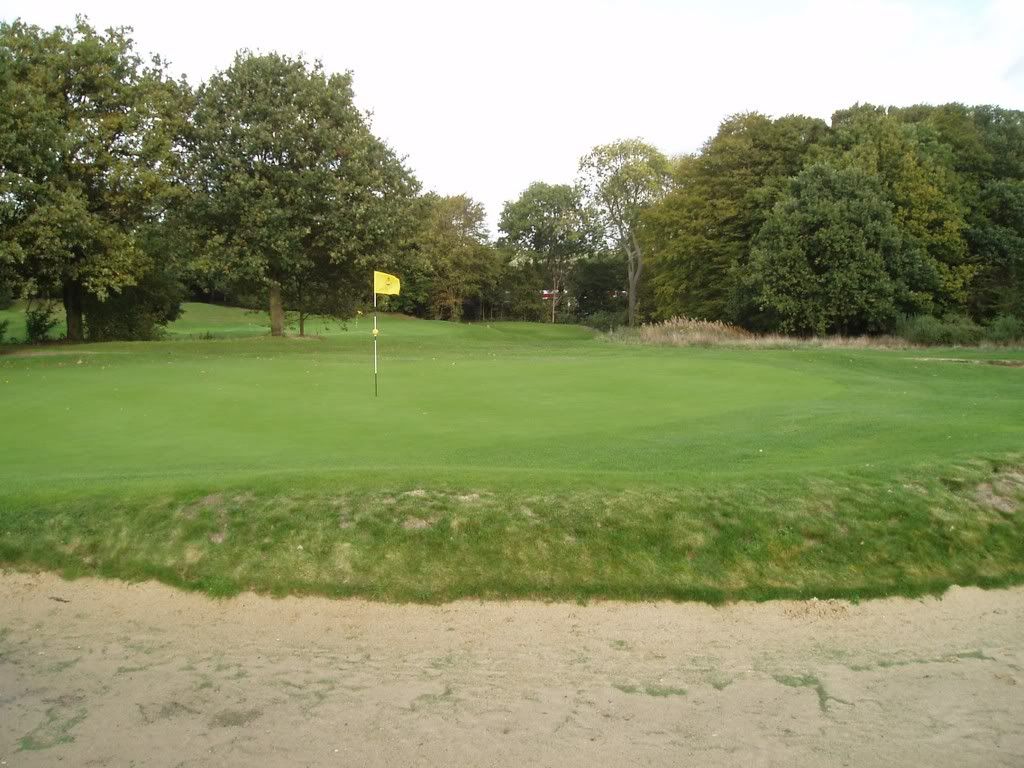
9. 362 yards par 4. A hole which has not stayed sharply in the memory, I’m afraid. Next time I play it it will probably exact a terrible revenge!

10. 186 yards par 3. Not an easy hole, the plateau green being difficult to hit and hold.
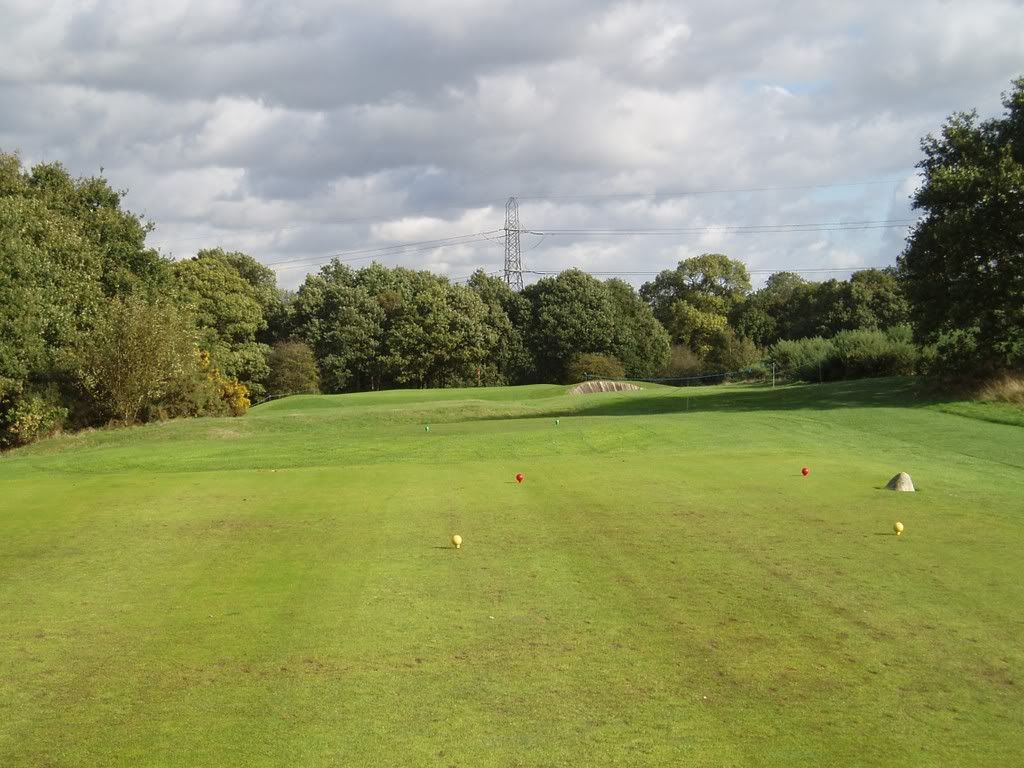
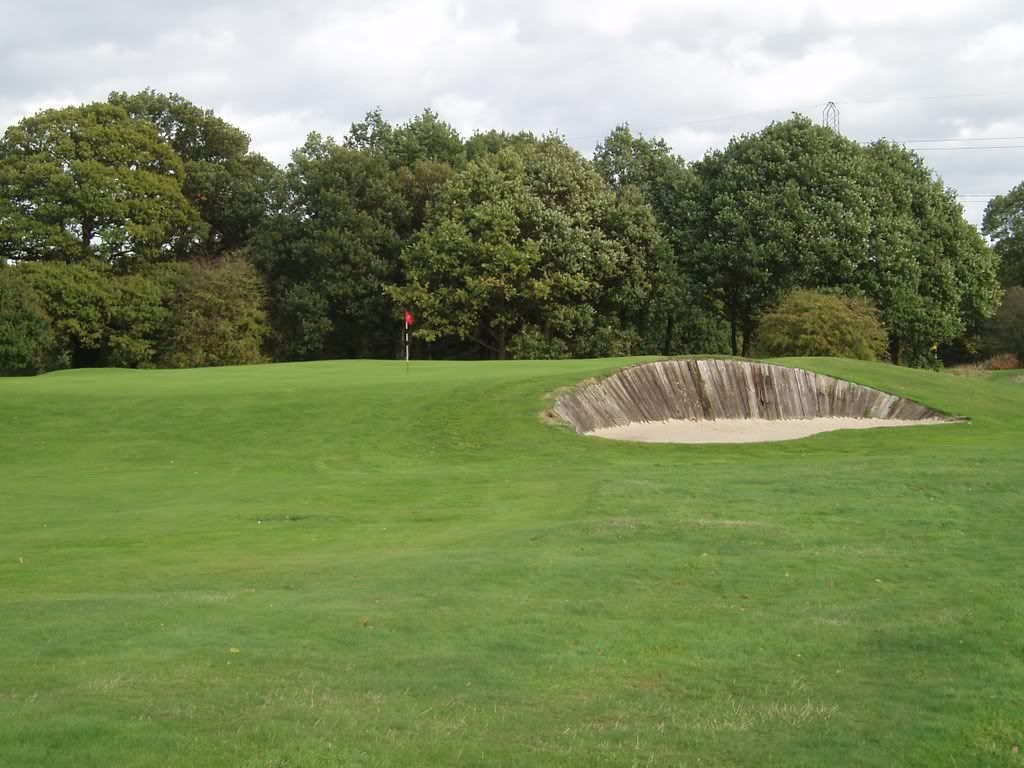
11. 532 yards par 5. A delightful hole, with a drive to a distant plateau followed by a downhill approach over cross-bunkers to a nicely-contoured green.

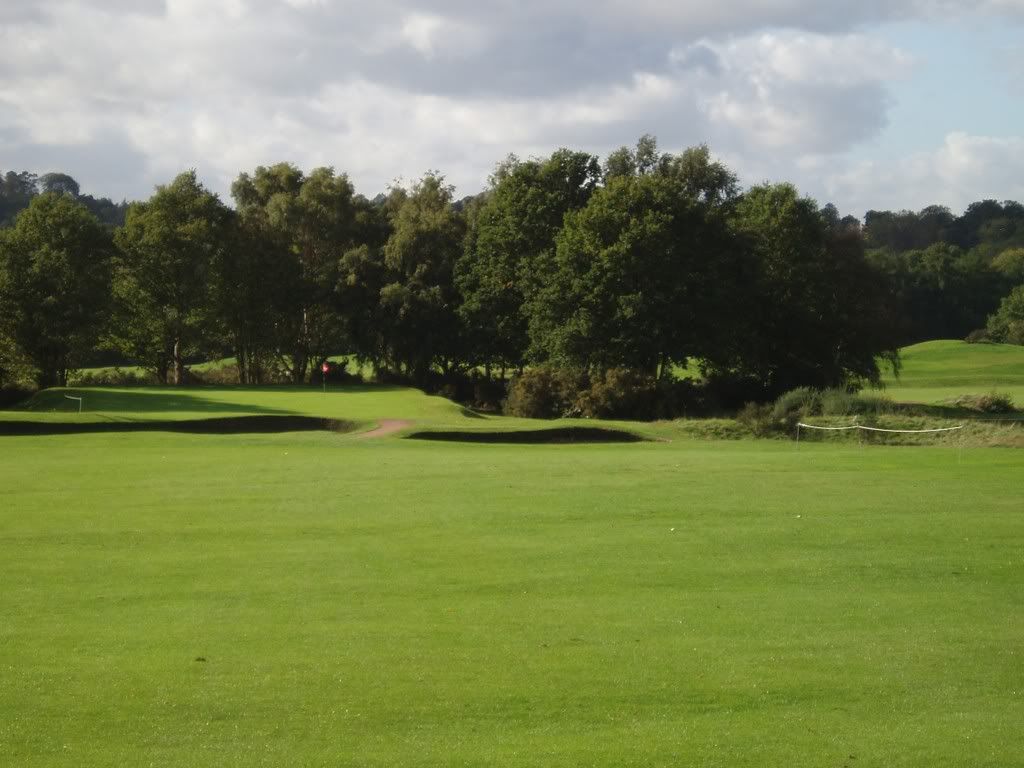
12. 395 yards par 4. Named Mae West, the hole begins with a blind drive over pronounced bosoms to an angled fairway. It’s a nice hole.
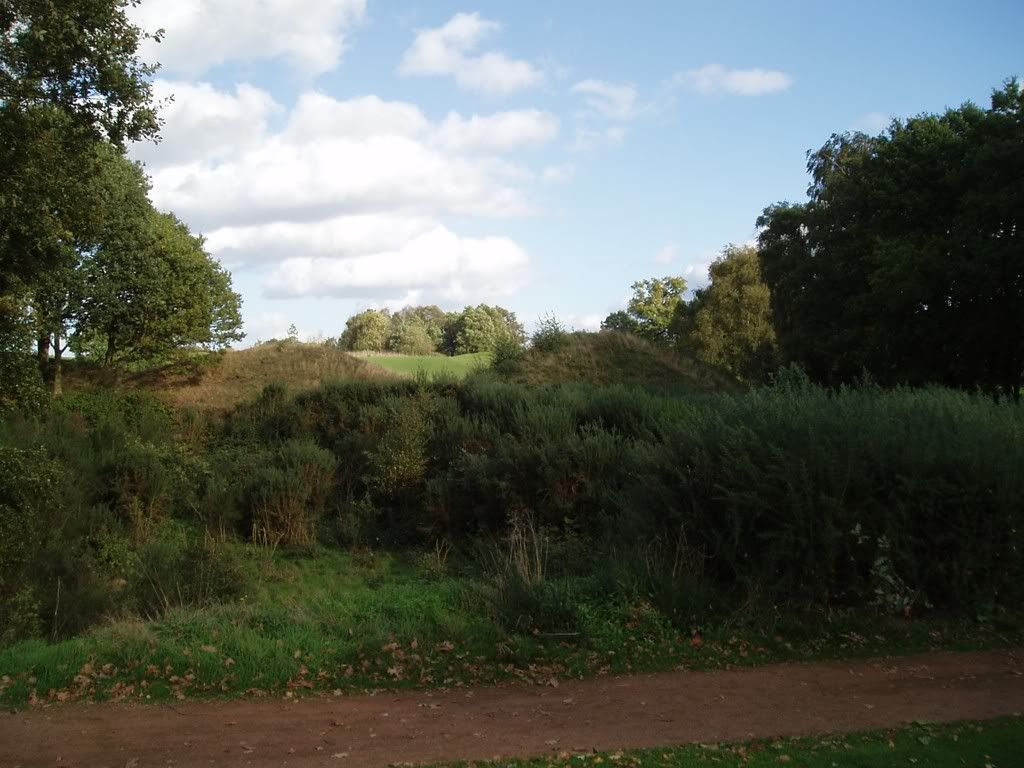
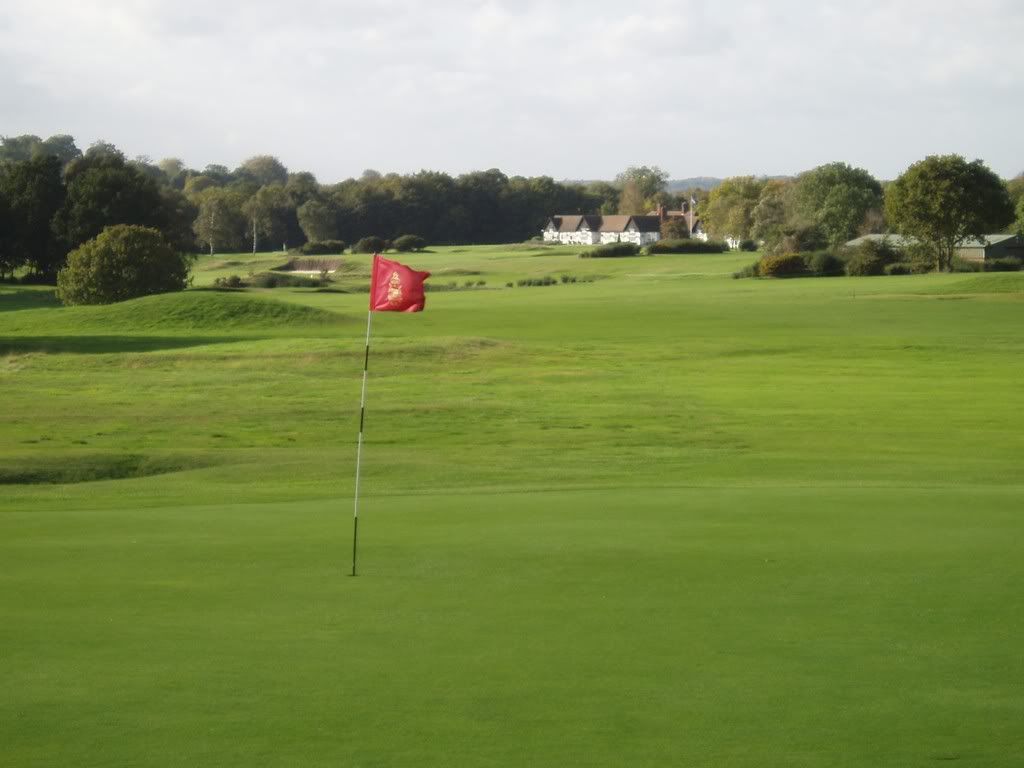
13. 327 yards par 4. A short par 4 which is all about angles of approach to the green.
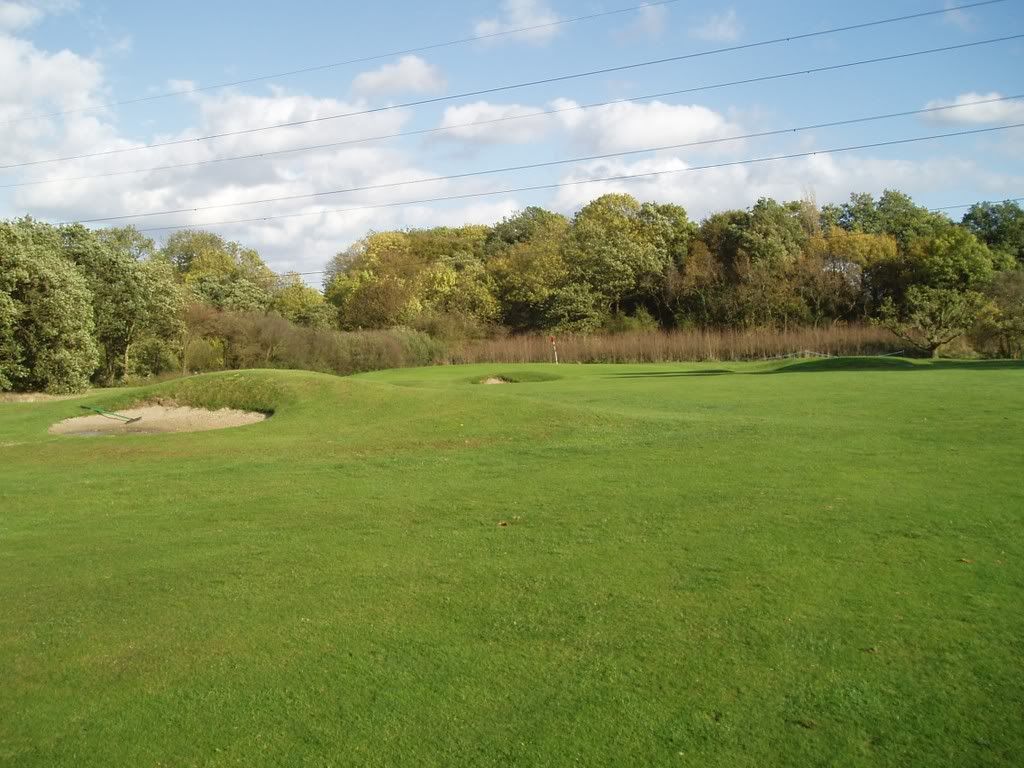
14. 532 yards par 5. A well-bunkered hole demanding an approach from the left if the green is to be reached in two shots.
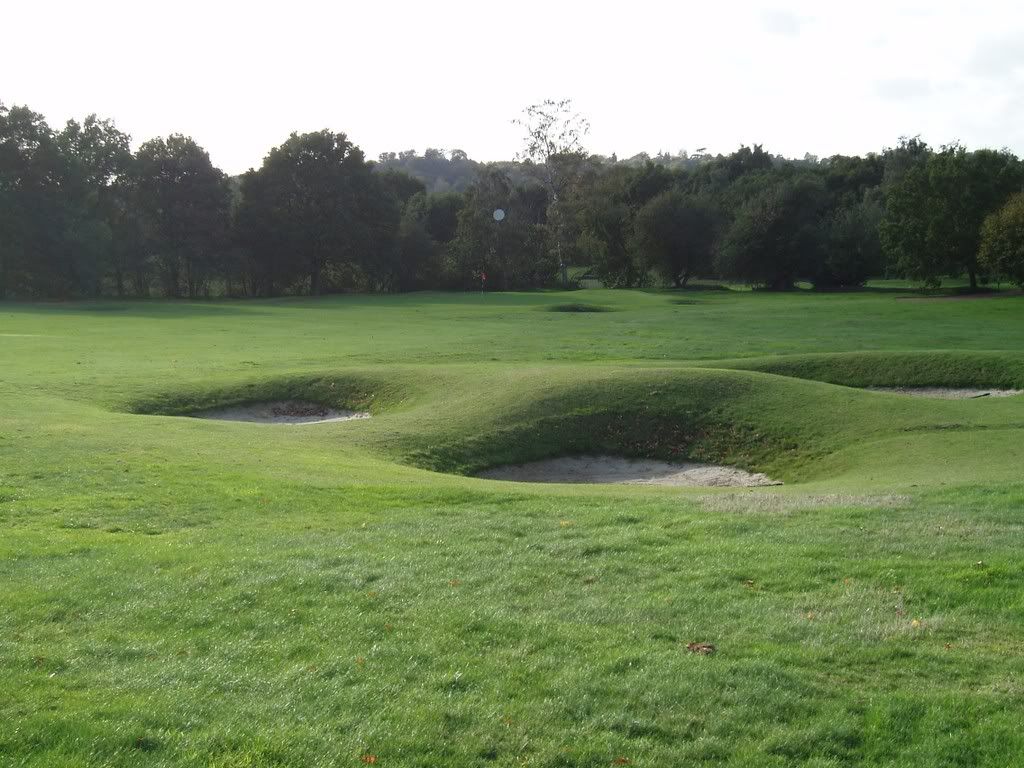
15. 213 yards par 3. Another green calling for the running approach.
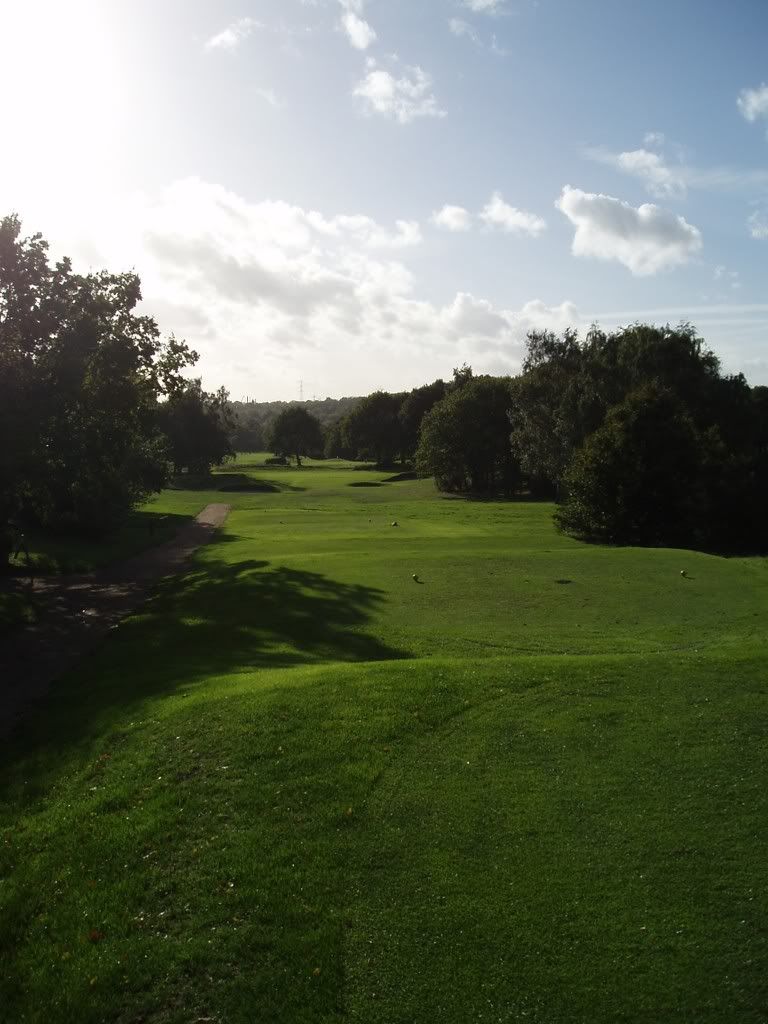
16. 439 yards par 4. Called ‘Hooker’s Hell’ this hole is not about ladies of a certain kind, but about the fact that OOB lurks on the left. That fallow ground to the left of the trees is part of the old second course which fell out of use during the Second World War and has never been restored.
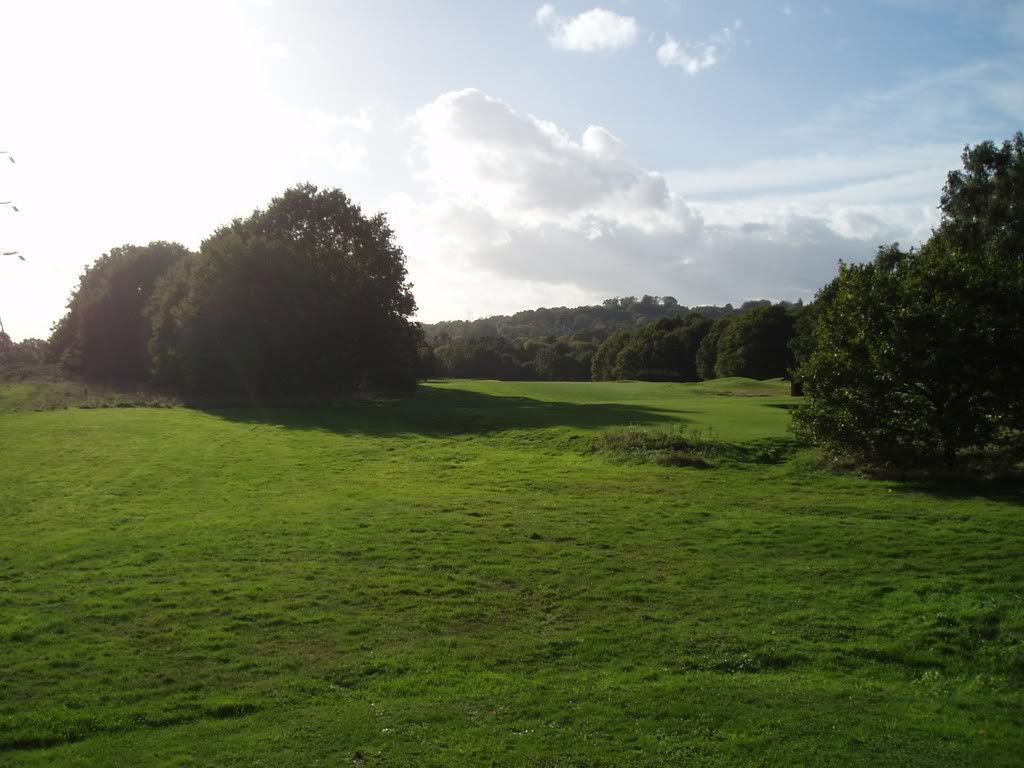
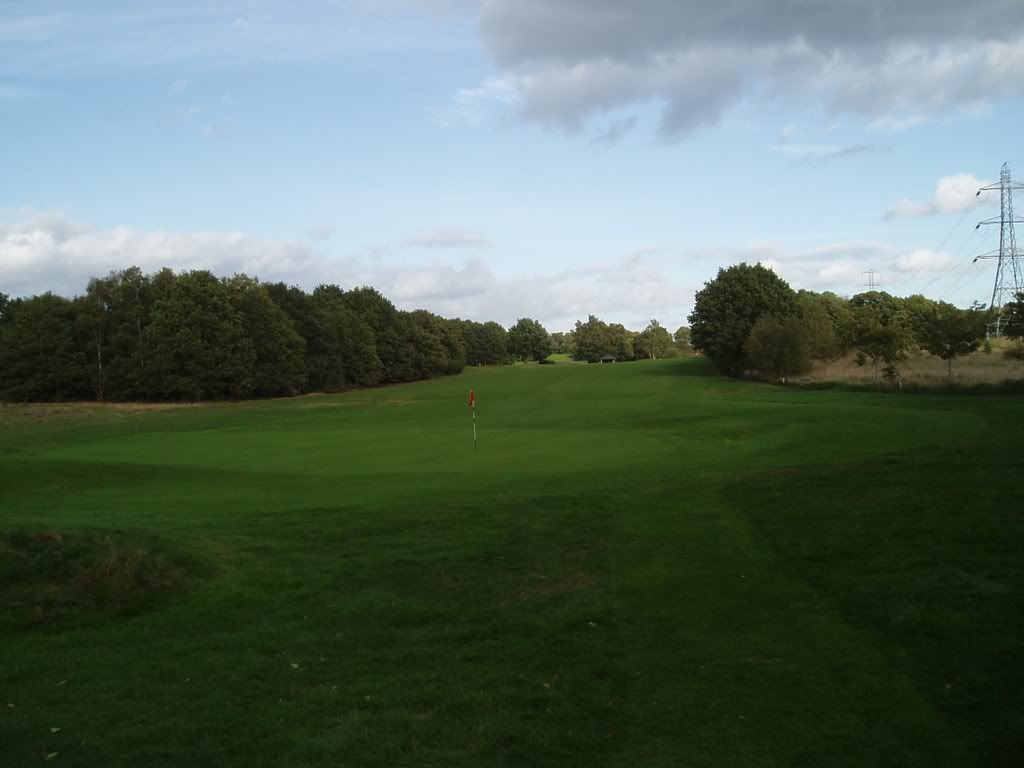
17. 508 yards par 5. An uphill par 5 curving all the time to the left around trees.
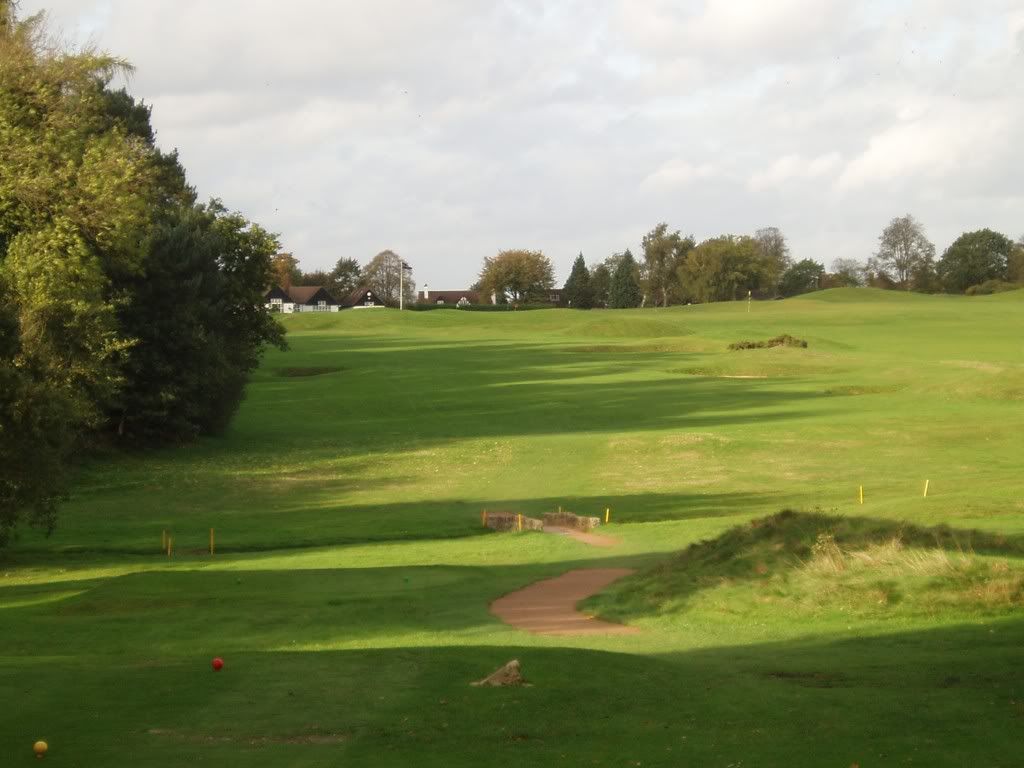

18. 154 yards par 3. A famous hole which was originally played up a sheer wall of sand, but flooding and landslip problems affecting the neighbouring Metropolitan railway line and the likelihood of a serious insurance claim should someone topple over while attempting a miracle rescue shot have caused the grassing over and lessening of the slope.
